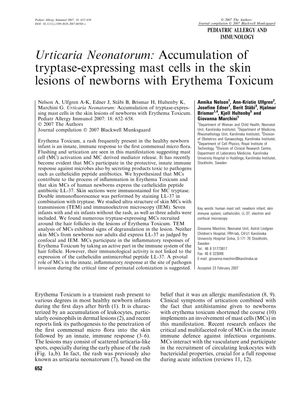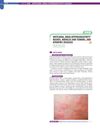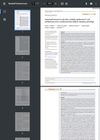Urticaria Neonatorum: Accumulation of Tryptase-Expressing Mast Cells in the Skin Lesions of Newborns with Erythema Toxicum
December 2007
in “
Pediatric allergy and immunology
”

TLDR Newborns with the common rash Erythema Toxicum have many active mast cells in their skin, but these cells don't produce the LL-37 peptide.
The study investigated the role of mast cells (MCs) in Erythema Toxicum, a common rash in newborns, by examining the presence of tryptase-expressing MCs and the cathelicidin peptide antibiotic LL-37 in the skin lesions. The study included skin samples from 7 infants with the rash, 6 without, and 3 adults. It was found that numerous tryptase-expressing MCs were recruited around the hair follicles in the lesions, and these MCs showed signs of degranulation, indicating activation. However, neither the skin MCs from the newborns nor from the adults expressed LL-37. The results suggest that MCs are actively involved in the innate immune response of Erythema Toxicum, particularly around the hair follicle, but their activity does not involve the LL-37 peptide. This points to a significant role for MCs in the body's initial immune defense during the critical period of perinatal colonization.



